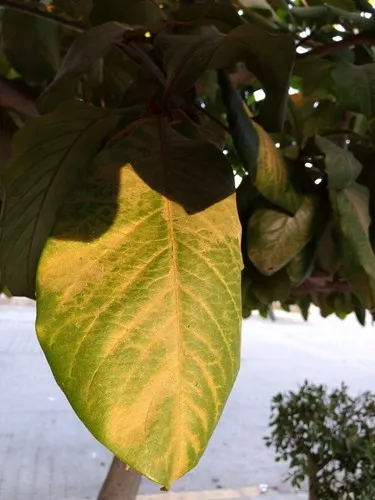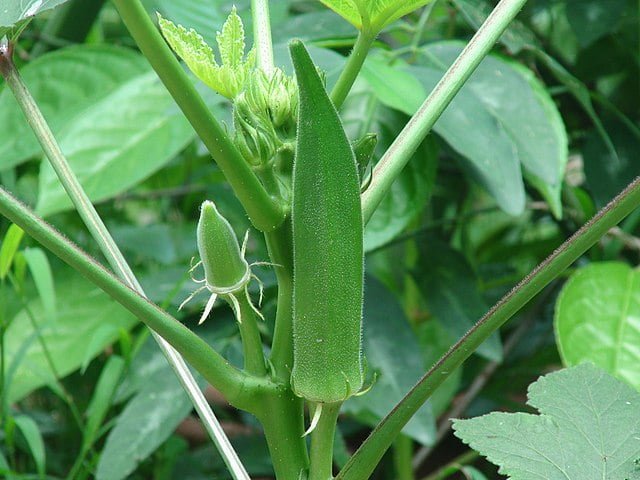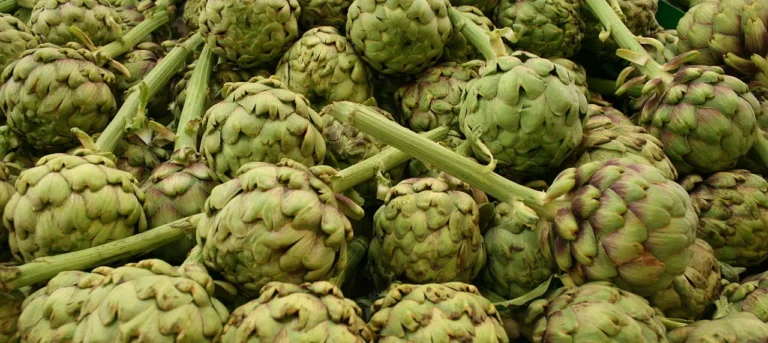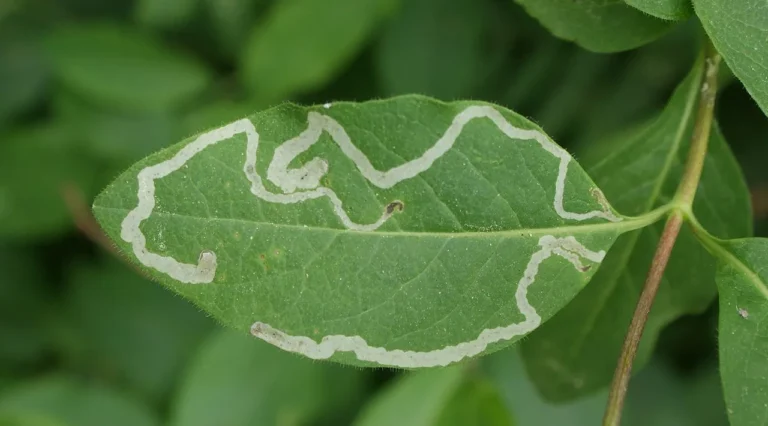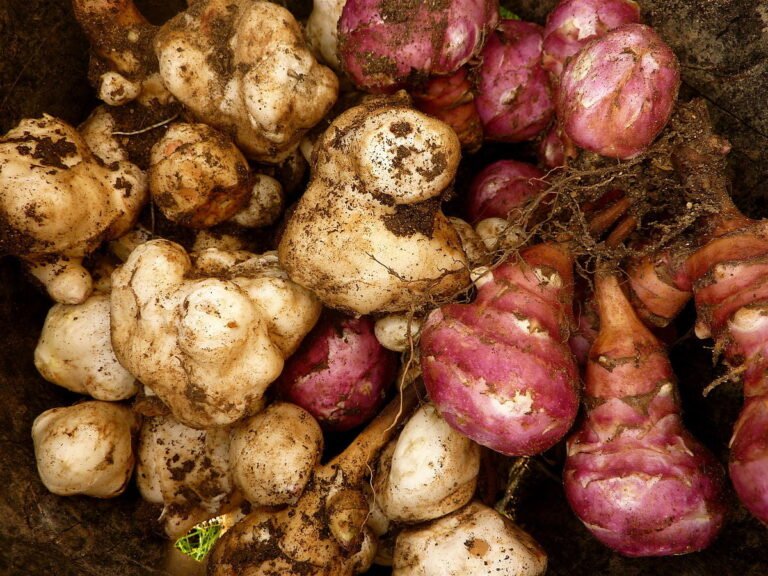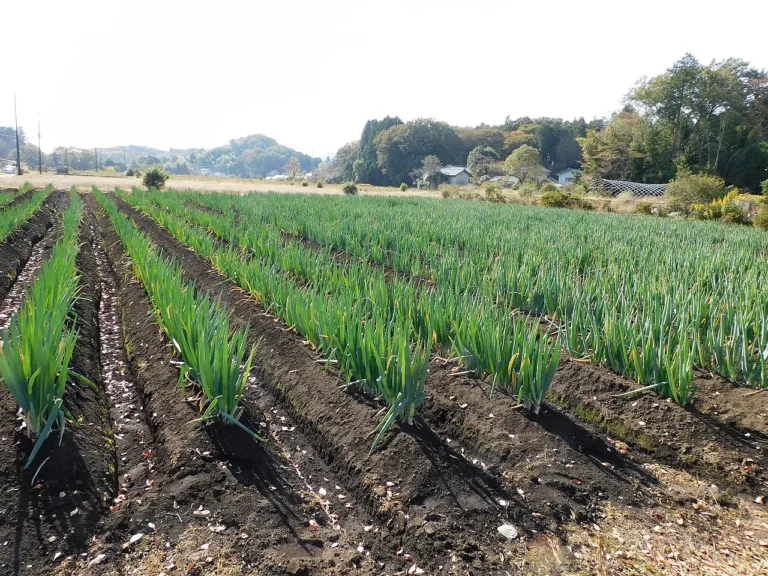Deciphering the Drops: How to Tell if You’ve Overwatered or Underwatered Your Plants
Welcome back to our blog, gardening enthusiasts! Today, we’re delving into a common gardener’s dilemma: deciphering the signs of overwatering and underwatering. It’s a balance; plants need hydration to thrive, but too much or too little can lead to plant stress and diseases. Let’s dig in and find out how to tell the difference.
Overwatering: Signs and Solutions
Overwatering is one of the most common causes of plant problems. It’s often done with the best intentions, but excessive moisture can drown your plant’s roots and lead to fungal infections. Here are some signs to watch out for:
- Yellowing Leaves: If your plant’s leaves turn yellow and look somewhat translucent, it might be getting too much water. This is often confused with a lack of nutrients, but overwatering leads to poor oxygenation, causing the plant to suffocate and turn yellow.
- Wilting: An overwatered plant might wilt, but its leaves are often dark green or turning yellow first, unlike an underwatered plant which has droopy, but otherwise normal-coloured leaves.
- Root Rot: This is a more severe sign of overwatering. If your plant’s roots are soft, mushy, and have a foul smell, they might be rotting due to excess moisture.
- Edema: When plants take up water faster than they can use it, the cells may overfill and burst, causing blisters or lesions. Eventually, these will become corky patches.
Solution: If you spot these signs, reduce your watering frequency. Remove the damaged leaves and, if root rot has set in, you may need to repot the plant, removing the rotted roots and using fresh, well-draining soil.
Underwatering: Signs and Solutions
On the flip side, too little water can leave your plant parched and struggling to perform photosynthesis. Here are some signs of underwatering:
- Dry, Crumbling Soil: If the soil is dry and pulls away from the edge of the pot, you’re not watering enough.
- Wilting: Yes, both overwatered and underwatered plants wilt. But, an underwatered plant usually has wilted, crispy, and dry leaves that often turn brown.
- Slowed Growth or Leaf Loss: Underwatered plants often have stunted growth, and may start to lose leaves, especially older ones, as they try to conserve water.
- Brown and Dry Leaf Edges: The leaves of underwatered plants turn brown and crispy, especially around the edges, which is the furthest point from the roots where water is absorbed.
Solution: The course of action here is simple — water your plants more! Soak the soil thoroughly, ensuring water flows out of the drainage holes of the pot. In severe cases, you might need to soak the entire pot in a tub of water for about 10 minutes to rehydrate the soil.
Remember, every plant is different, so it’s essential to understand your plant’s specific water needs. A good rule of thumb is to water only when the top inch of soil is dry. And always ensure your pot has good drainage to avoid waterlogged conditions.
With these pointers, you’re now equipped to save your plants from the perils of overwatering and underwatering. It’s all about balance, and soon you’ll be mastering the art of watering! Happy gardening!

